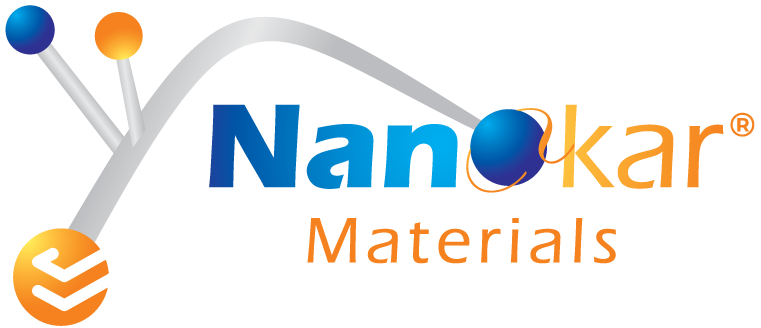What is Aluminum 6061 Alloy Powder?
Aluminum 6061 Alloy Powder is a fine metallic powder based on Aluminum Alloy 6061, an aluminum-magnesium-silicon alloy known for its excellent mechanical properties, corrosion resistance, weldability, and machinability. It is widely utilized in additive manufacturing, aerospace, automotive, and structural applications.
Chemical Properties and CAS Number
-
Material: Aluminum Alloy 6061 (Al-Mg-Si Alloy)
-
CAS Number: 7429-90-5 (Aluminum)
-
Main Alloying Elements: Magnesium (Mg), Silicon (Si), Copper (Cu), Iron (Fe), Chromium (Cr)
-
Density: Approximately 2.70 g/cm³
-
Melting Range: 582–652°C
-
Appearance: Fine, grey metallic powder
-
Particle Size: Micron scale, customizable for specific applications
Applications of Aluminum 6061 Alloy Powder
-
Additive Manufacturing (3D Printing): Used extensively in selective laser melting (SLM), laser powder bed fusion (LPBF), and other metal 3D printing methods.
-
Aerospace & Aviation: Aircraft fittings, frames, structural components, and lightweight aerospace parts.
-
Automotive Industry: Engine parts, wheels, frames, structural components, and lightweight chassis components.
-
Marine Applications: Marine fittings, components, and corrosion-resistant structures.
-
Sporting Equipment: Bike frames, mountain climbing gear, sports equipment requiring high strength-to-weight ratios.
-
Electronics & Robotics: Heat sinks, housings, and structural parts.
-
Defense & Military: Armor plates, vehicle components, and structural materials.
Pricing of Aluminum 6061 Alloy Powder
Pricing varies according to purity, particle size, and order quantity:
-
Research/Laboratory-grade: $100 – $450 per kilogram
-
Industrial-grade Bulk Orders: $15 – $90 per kilogram
-
Custom Particle Sizes & Special Grades: Pricing available on request
Factors Influencing Pricing
-
Purity and precise alloy composition
-
Particle size distribution and uniformity
-
Manufacturing method (atomization, milling processes)
-
Quantity (bulk orders often reduce cost)
-
Market availability and logistics costs
